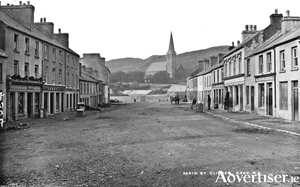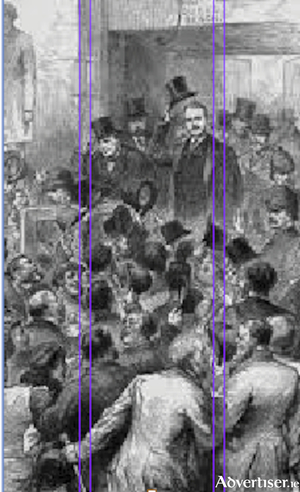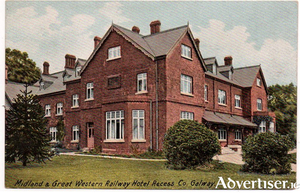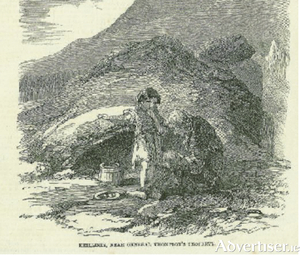Search Results for 'Richard Berridge'
4 results found.
Monsignor McAlpine would not take orders from boys he had baptised

After sporadic fighting in Galway during the summer of 1922, and the occupation of some buildings in the town, including the old RIC barracks in Eglington Street, and the former Connaught Ranger barracks at Renmore, the anti-Treaty forces withdrew into Connermara, and into the east Galway countryside.
A different type of politics was needed

When Mitchell Henry entered Westminster parliament in 1871 he went with hope in his heart and a mission to tell the British people the precarious circumstances of the Irish tenant farmer. In many ways he resembled Jefferson Smith in the Frank Cappa film ‘Mr Smith Goes to Washington’ where a naive, idealistic young man has plans to change America.* Mitchell Henry, a liberal, kindly man, had plans to be a voice for the Irish tenant farmer within, what he believed, was a paternalistic landlord system, but he walked into a political cauldron, waiting to explode.
How Galway lost the Clifden railway

It is probable that if the coastal route had been chosen for the Clifden railway, rather than the Oughterard/ Maam Cross way, the line would still be viable today. The idea of the so-called ‘Balfour lines’, proposed by an enlightened chief secretary for Ireland, Arthur J Balfour, and given the go-ahead in the 1889 Light Railways (Ireland) Act, was to give far-flung towns and communities access to bigger markets, and to grasp the benefits of employment and opportunities.
Connemara after the Famine

Following the inability of Tom Martin and his daughter Mary, the Princess of Connemara, to meet the debts on their vast encumbered estate, they were sued by the Law Life Assurance Society and ordered to sell it in its entirety.

